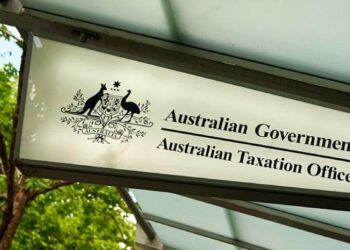Treasury finalised regulations earlier this week which, among other things, essentially retain the status quo in relation to the requirement for obtaining an actuarial certificate.
However, the new regulations have also presented several technical issues, one of which looks to create an unnecessary and redundant step for certain funds.
Speaking to SMSF Adviser, the SMSF Academy’s managing director Aaron Dunn explained, by way of case study, a problematic consequence of the regulations.
“Let’s say, for example, a member is going to report the commencement of a pension at the 1st of July of $1.5 million, and the other member has got say $600,000. The entire fund is in pension phase, and at the moment, they’re deemed to be a segregated fund and they don’t need to get an actuarial certificate to calculate tax exemption. But as soon as that member’s total superannuation balance grows to in excess of $1.6 million at the end of the immediate preceding financial year (i.e. 30 June), they will then be prohibited from applying the segregated method, which means they are going to have to get an actuarial certificate. That actuarial certificate is going to say that the exempt percentage is 100 per cent, which seems like a nonsense outcome. But that’s the way that it has been crafted.”
While this issue won’t take immediate effect, it will begin to present itself around 12 months after the latest round of super reforms kick in.
There’s no value in creating a certificate in that circumstance, and that outcome grates on the tax office’s view of segregation, Mr Dunn argued.
“The ATO’s view on segregation is where it’s solely there to provide for the payment of pensions, there’s not a need for a certificate.”
NetActuary managing director, Brian Bendzulla, also noted the finalised regulations make it clear that the limited commutation of old legacy pensions would not be allowed, which was an amendment from the December draft.
Mr Bendzulla said this is an unfortunate change as it could result in a higher level of tax for some individuals and would make the system more complicated.
“For funded defined benefit pensions, it means 50 per cent of pensions above $100,000 will be added to the pensioner’s personal marginal tax rates. It effectively is another change that will generate more tax for the Treasury,” he said.
Mr Bendzulla said he had hoped the opposite would occur and individuals would be able to fully commute these legacy pensions.
“We’ve had these legacy pensions now prohibited for a decade. From memory, it was the 1st of January 2006 that SMSFs were no longer permitted to use them and it would be nice to clear them out and keep the system simple. We get so much of that complication creeping in.”
There are also issues with the 16 to one valuations of these pensions, which is how legacy pensions are valued.
“It’s better than in Britain where it’s 20 to one, but you still have winners and losers. If you have a very young retiree, then the 16 to one might be reasonable, but someone 80 years of age with a legacy pension that’s been closed for a while, that 16 times is not correct. It’s actually quite harsh for them,” he explained.


